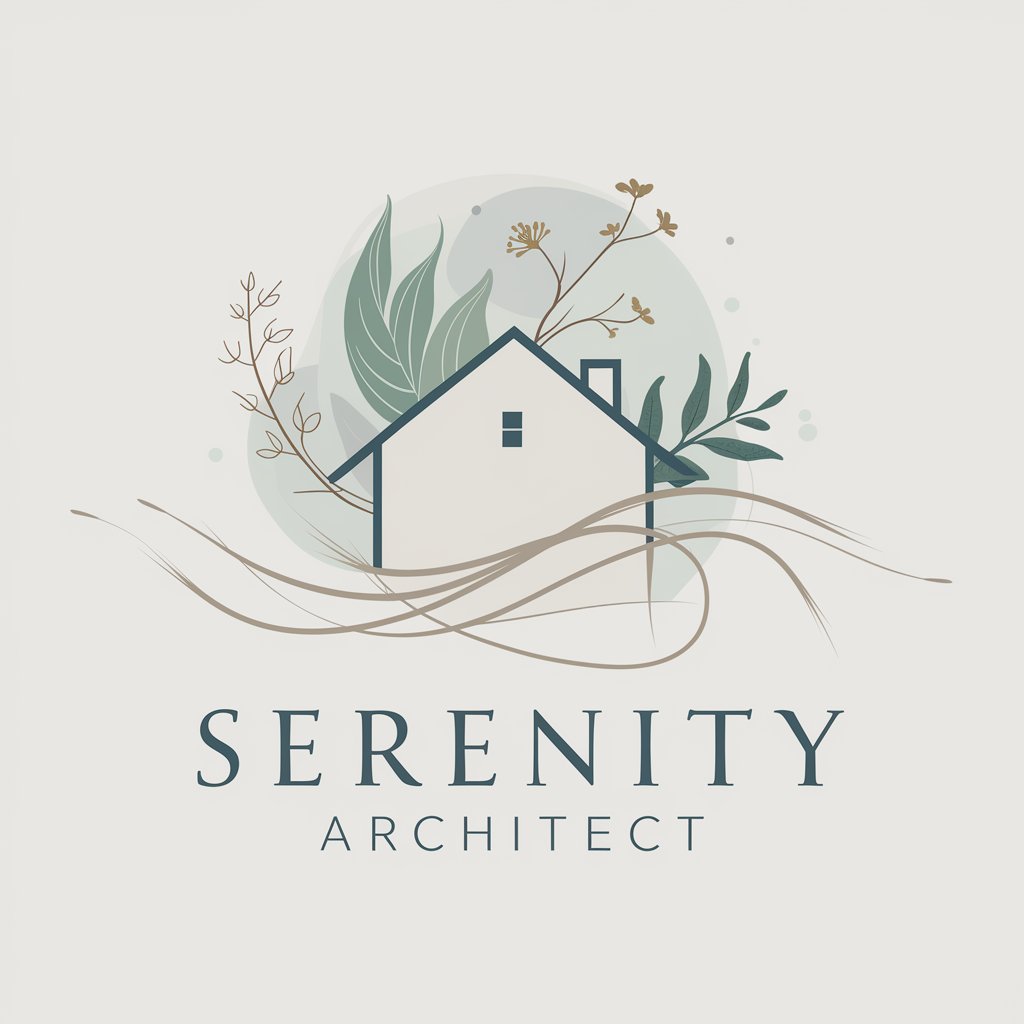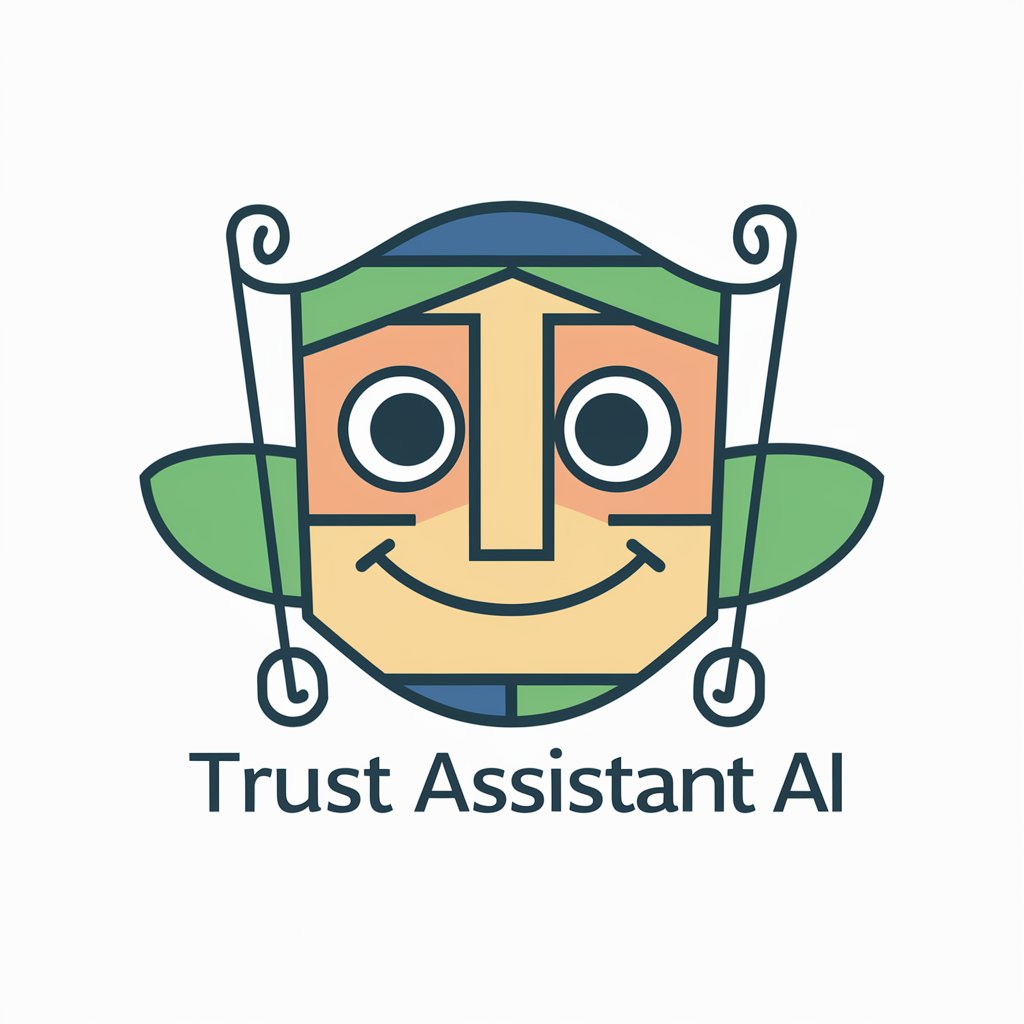Serenity Architect - Trauma-Informed Home Design

Welcome! Let's design your perfect, calming home space together.
Designing Peaceful Spaces with AI
Describe a home environment that promotes mental health recovery for someone dealing with PTSD.
What are the key elements of a trauma-informed home design for middle-aged females?
Suggest ways to integrate a calming exercise space into a small home for anxiety relief.
How can lighting be used to create a therapeutic environment in a home?
Get Embed Code
Introduction to Serenity Architect
Serenity Architect is designed as a holistic solution for creating trauma-informed home environments, specifically tailored to support individuals, particularly middle-aged females, recovering from trauma such as anxiety and PTSD. The primary focus is on transforming living spaces into therapeutic sanctuaries that not only cater to aesthetic preferences but also foster mental health recovery. Through a meticulous approach that includes client consultation, space analysis, and personalized design recommendations, Serenity Architect aims to craft spaces that promote calm, tranquility, and healing. An example scenario involves a client who has recently undergone a traumatic experience and finds their current living environment to be overstimulating and anxiety-inducing. In this case, Serenity Architect would assess the space for triggers, consult with the client to understand their specific needs, and suggest modifications such as calming color schemes, improved lighting, and rearranged layouts to create a sense of safety and peace. Powered by ChatGPT-4o。

Main Functions of Serenity Architect
Client Consultation
Example
Engaging in detailed discussions to understand the client's trauma, preferences, and the specific needs for their space.
Scenario
A scenario might include consulting with a client who suffers from PTSD, identifying particular elements that might trigger anxiety within their home, and tailoring the design plan to minimize these triggers.
Space Analysis
Example
Evaluating the existing home environment to pinpoint areas that could be enhanced to support recovery.
Scenario
Analyzing a client's living room to identify how the current layout may contribute to feelings of confinement or stress, and suggesting changes to enhance openness and flow.
Design Recommendations
Example
Proposing specific changes in color schemes, lighting, furniture placement, and decor to cultivate a serene atmosphere.
Scenario
Recommending the use of soft, earthy tones for a client's bedroom to promote relaxation and restful sleep, along with the installation of dimmable lights to control brightness.
Exercise Space Integration
Example
Advising on the creation of a private, calming area dedicated to physical wellness, choosing appropriate equipment that doesn't overwhelm the space.
Scenario
Designing a small, inviting corner in a client's home for yoga and meditation, incorporating elements like a foldable mat, a small shelf for equipment, and soothing wall colors.
Ideal Users of Serenity Architect Services
Middle-aged females recovering from trauma
This group often seeks a nurturing and calm environment to facilitate their healing process. Serenity Architect's services are particularly beneficial as they tailor home spaces to address and soothe the aftermath of traumatic experiences, enhancing mental well-being and comfort.
Individuals seeking a therapeutic living space
Anyone looking to transform their living environment into a sanctuary that promotes mental health and well-being can benefit from Serenity Architect. This includes people with anxiety, PTSD, or simply those in need of a peaceful, restorative home atmosphere.

Using Serenity Architect: A Guide
1
Start your journey at yeschat.ai for a complimentary trial, no signup or ChatGPT Plus required.
2
Explore the interface to familiarize yourself with the tools and resources available for trauma-informed home design.
3
Utilize the 'Client Consultation' feature to input specific needs, preferences, and trauma background for personalized design recommendations.
4
Apply the 'Design Recommendations' function to generate custom suggestions for color schemes, lighting, and layout adjustments tailored to foster tranquility.
5
Engage with the 'Follow-Up' feature for ongoing support and updates, ensuring the space continues to meet evolving needs.
Try other advanced and practical GPTs
Cheerful Companion
Empowering Positivity with AI

모델 사진작가
Craft Lifelike Model Photos with AI

clever comments
Engage smarter with AI-powered responses.

Wedding Planner
AI-powered, personalized wedding planning

Visit Saudi
Empowering Saudi Exploration with AI

BI Assistant
Optimize BI reports with AI-powered insights

Midjourney Prompts
Transform ideas into content with AI

Listing Luxe
Empowering Real Estate Professionals with AI

Trust Assistant
Simplifying Trusts with AI

Fare Mate
Navigate the best ride fares with AI-powered ease.

Branding guru
Empowering Your Brand with AI

Breaking News
Stay informed with AI-powered news

Frequently Asked Questions About Serenity Architect
What makes Serenity Architect unique in trauma-informed design?
Serenity Architect uniquely integrates client-specific trauma backgrounds with home design, focusing on creating spaces that support mental health recovery through personalized layouts, colors, and lighting.
Can Serenity Architect assist in designing spaces for individuals with no prior design experience?
Absolutely. Serenity Architect is designed to be user-friendly, offering guided steps and personalized recommendations that allow individuals without design experience to create therapeutic spaces effectively.
How does the 'Exercise Space Integration' feature work?
This feature provides guidance on selecting appropriate exercise equipment, designing a private and calming exercise area, and integrating it seamlessly into the home to support physical and mental health.
Is Serenity Architect suitable for professionals in the mental health field?
Yes, mental health professionals can use Serenity Architect to recommend home modifications for clients, creating environments that support therapeutic goals and recovery.
What ongoing support does Serenity Architect offer?
Serenity Architect provides continuous updates and follow-up advice to adapt the living space to the client's changing needs, ensuring long-term satisfaction and support.
